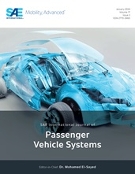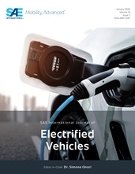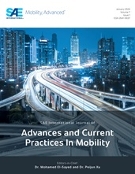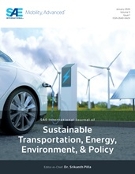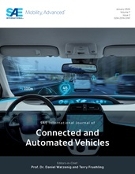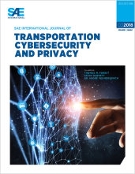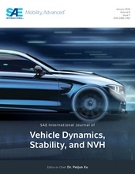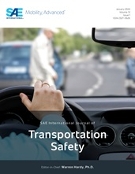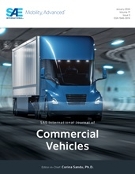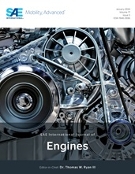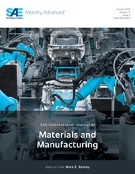Your Destination for Mobility Engineering Resources
Recently Published
Browse AllOne of the biggest goals for companies in the field of artificial intelligence (AI) is developing “agentic” systems. These metaphorical agents can perform tasks without a guiding human hand. This parallels the goals of the emerging urban air mobility industry, which hopes to bring autonomous flying vehicles to cities around the world. One company wants to do both and got a head start with some help from NASA.
This specification covers a coating consisting of finely powdered graphite in a heat-resistant inorganic binder applied to parts.
Conventional control of Brake-by-Wire (BBW) systems, including electro-hydraulic brake(EHB) and electro-mechanical brake(EMB), relys on pressure sensors, the errors of which usually resulted inaccurate braking force tracking bringing a lot of safety hazards, e.g., wheel locking and slipping. To address challenges of accurate braking force control under the circumstance of the system nonliearities (such as friction) and uncertainties (such as stiffness characteristics) for a sensorless BBW system, this paper proposes a unified Layer-by-Layer Progressive (LLP) control framework to enable fast and precise brake control. The work has been conducted with three new contributions in the three cascaded stages within the control framework: in the coarse compensation stage, a load-adaptive LuGre friction model is proposed to handle modellable nonlinearities; in the fine compensation stage, an Adaptive Extended Disturbance Observer (AEDO) is developed to estimate and compensate for parameter
